New Zealand, a land of breathtaking landscapes and remarkable biodiversity, is home to some of the world’s most unique avian species. These birds, however, are facing challenges that threaten their very existence. The absence of natural predators for millions of years allowed New Zealand’s birds to flourish in unique ways, evolving distinct characteristics like flightlessness. Yet, as human activity encroaches upon their habitat, these traits have become vulnerabilities. Let us delve into the fascinating world of New Zealand’s flightless birds and explore the struggles they face in today’s rapidly changing environment.
The Origins of Flightlessness

The phenomenon of flightlessness in New Zealand’s birds is a captivating example of evolutionary adaptation. Over millions of years, these birds evolved without the need to fly, primarily because there were no ground predators to escape from. This led to the development of diverse species like the kiwi and the kakapo, who found their niche in the dense forests and open grasslands. The absence of predatory mammals allowed these birds to grow larger and conserve energy by not flying. However, this adaptation, once advantageous, has become a challenge in the face of new threats introduced by human settlement.
The Kiwi: An Iconic Symbol
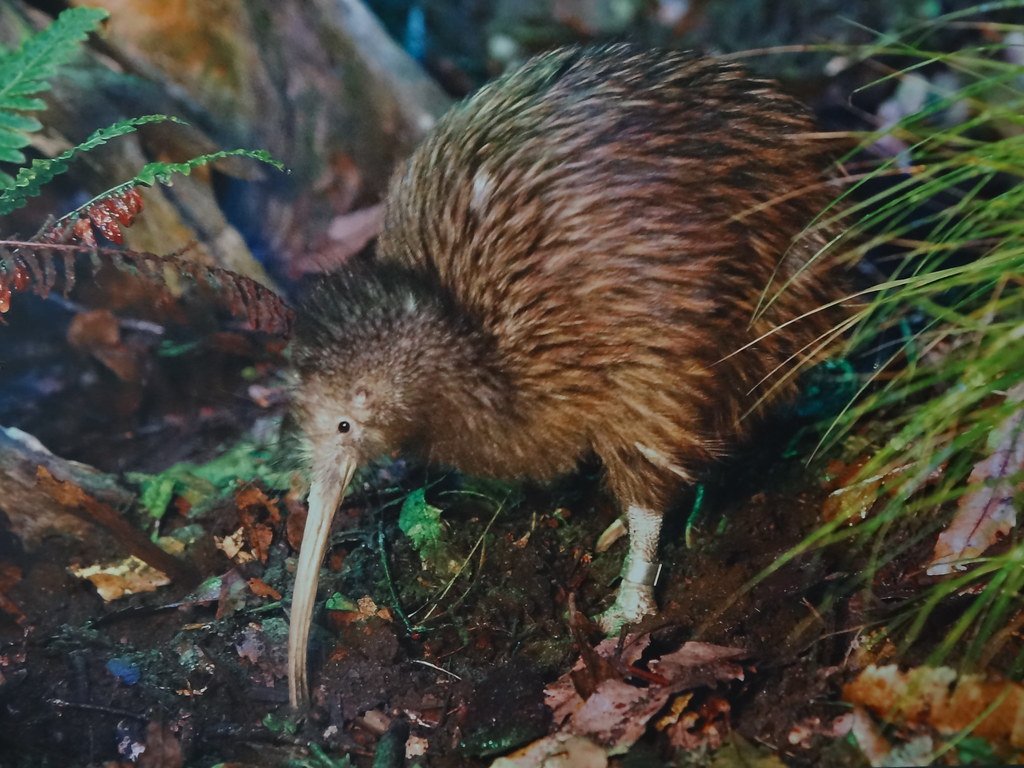
The kiwi, New Zealand’s national bird, is a nocturnal creature with a keen sense of smell, which is unusual for birds. Its long beak helps it forage for insects and worms in the forest floor. Unfortunately, the kiwi’s numbers are dwindling due to habitat destruction and predation by introduced species like cats and dogs. Conservation efforts are underway to protect kiwi populations, but their survival remains uncertain. The kiwi symbolizes New Zealand’s natural heritage, and its decline is a stark reminder of the fragility of these ecosystems.
The Mysterious Kakapo
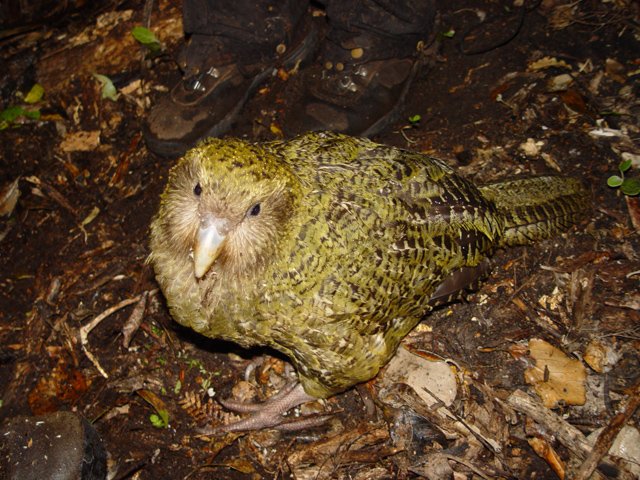
The kakapo, or “night parrot,” is a flightless, nocturnal bird known for its owl-like face and booming mating calls. Once widespread across New Zealand, the kakapo now teeters on the brink of extinction, with only about 200 individuals remaining. Conservation programs have been crucial in stabilizing their population, involving intensive management and artificial breeding. The kakapo’s plight highlights the complexity of saving a species that cannot easily adapt to rapid environmental changes.
The Takahe’s Resilience
The takahe is another emblematic flightless bird that was once thought to be extinct. Rediscovered in 1948, the takahe has become a symbol of resilience and hope. Conservation efforts have been largely successful, with populations being reintroduced to predator-free sanctuaries. The takahe’s story is one of triumph against the odds, showcasing the potential for recovery when dedicated conservation strategies are implemented. However, ongoing vigilance is necessary to ensure their survival.
The Threat of Introduced Predators
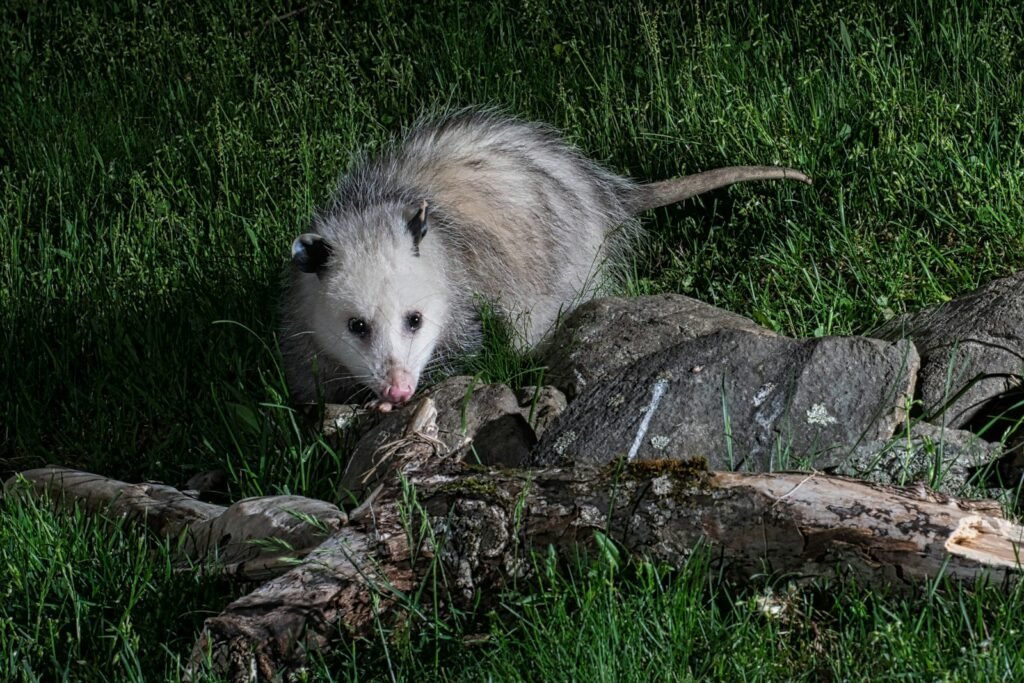
The introduction of mammals such as stoats, rats, and possums has been catastrophic for New Zealand’s flightless birds. These predators, unfamiliar to the native birds, have decimated populations by preying on eggs and young chicks. Efforts to control these invasive species include trapping and poisoning, but achieving a predator-free environment is a massive challenge. The presence of these predators underscores the delicate balance of New Zealand’s ecosystems and the urgent need for effective management.
Habitat Loss and Fragmentation
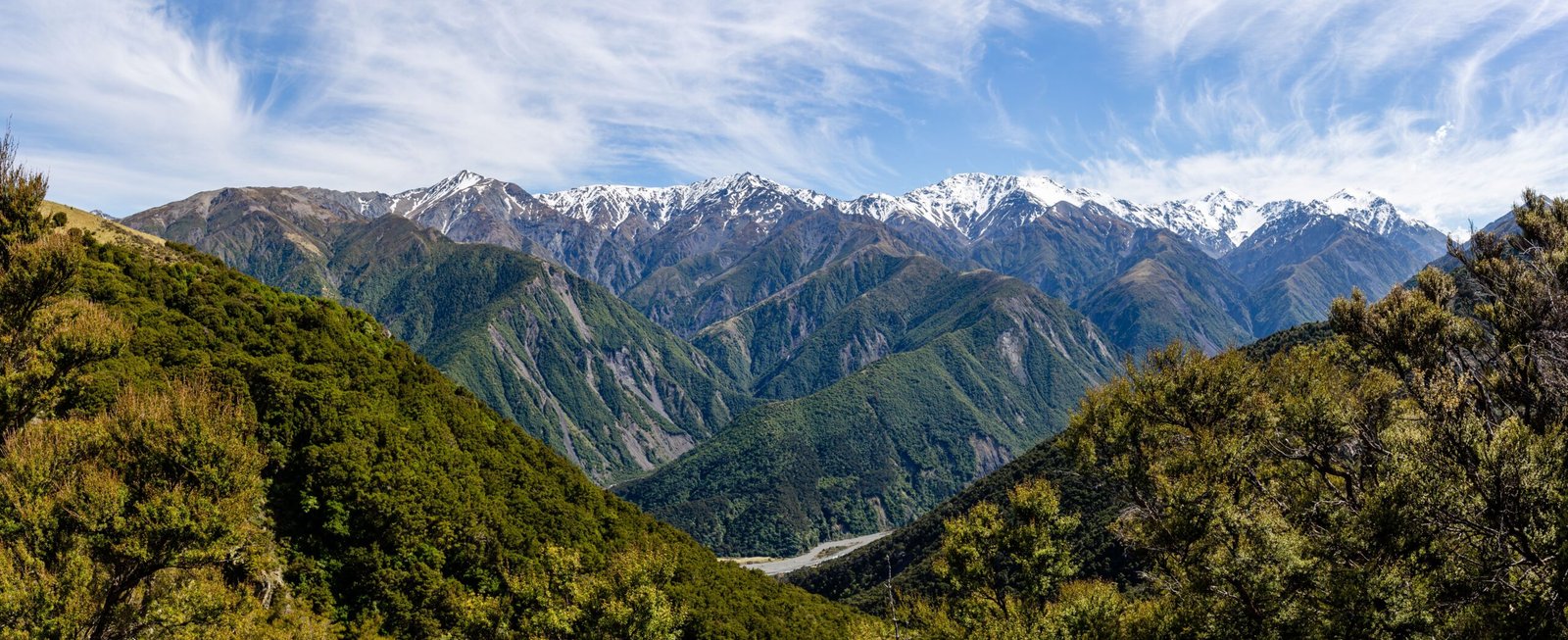
Urbanization and agricultural expansion have led to significant habitat loss and fragmentation for New Zealand’s birds. Forests that once provided shelter and food are being cleared, leaving birds with limited resources and increased exposure to predators. Innovative conservation practices, such as creating wildlife corridors and restoring native vegetation, are essential to mitigate these impacts. The balance between human development and wildlife conservation is a delicate dance that requires careful planning and collaboration.
Conservation Efforts and Innovations
New Zealand is at the forefront of innovative conservation strategies aimed at protecting its unique avian fauna. Techniques such as translocation, where birds are moved to safer habitats, and breeding programs have shown promise. Additionally, the use of technology, like radio tracking and genetic research, has provided valuable insights into bird behavior and population dynamics. These efforts are crucial in crafting effective conservation plans that address the specific needs of each species.
The Cultural Significance of Birds

Birds hold a special place in the cultural fabric of New Zealand, featured prominently in Maori mythology and art. They are seen as messengers between the heavens and earth, embodying spiritual significance. This cultural connection has fueled conservation efforts, as preserving bird populations is intertwined with preserving cultural heritage. The stories and traditions surrounding these birds inspire a deeper appreciation and commitment to their protection.
Community Involvement in Conservation
Community involvement is a cornerstone of successful conservation initiatives. Local communities play an essential role in monitoring bird populations, implementing predator control measures, and educating others about the importance of biodiversity. Volunteer programs and citizen science projects empower individuals to contribute to conservation efforts, fostering a sense of ownership and responsibility. The collective action of communities can drive meaningful change and ensure the survival of New Zealand’s unique birds.
Looking to the Future
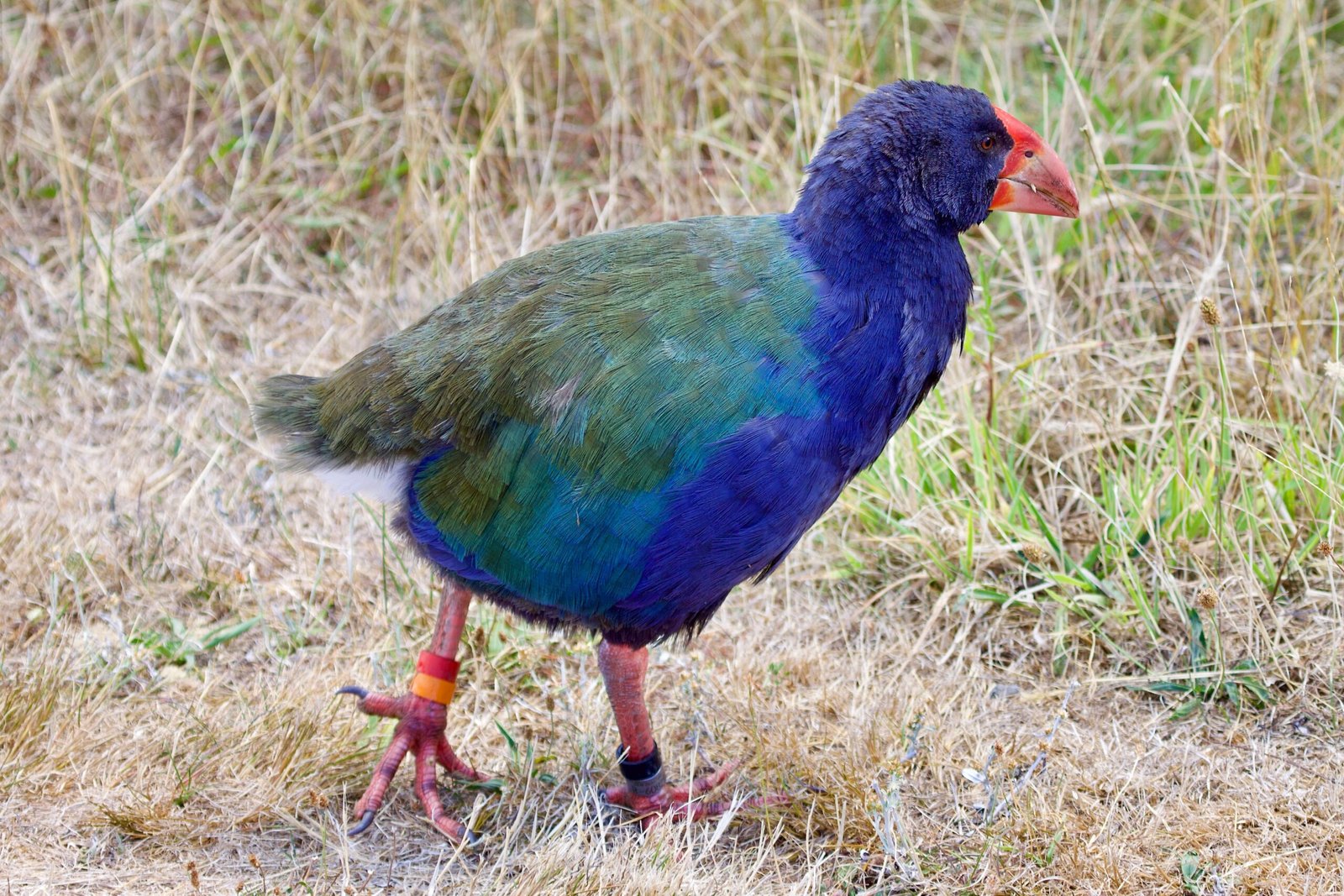
The future of New Zealand’s flightless birds hinges on our ability to adapt and innovate in the face of ecological challenges. Continued research, collaboration, and investment in conservation are vital to reversing the decline of these species. By addressing the root causes of habitat destruction and predator invasion, we can create a sustainable environment where these birds, and their ecosystems, can thrive. The struggle of New Zealand’s flightless birds is a poignant reminder of the interconnectedness of all life and the responsibility we bear to protect it.



